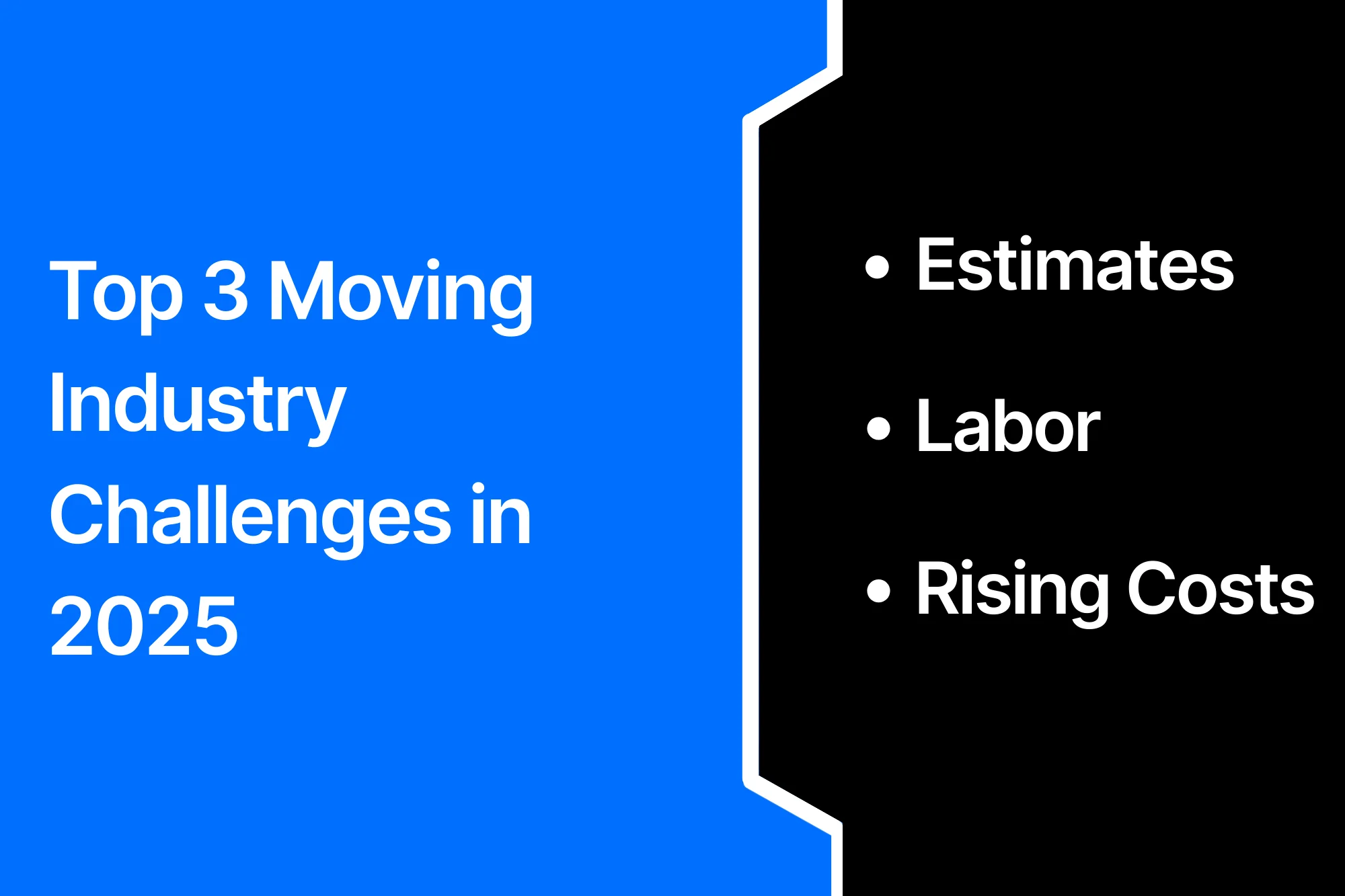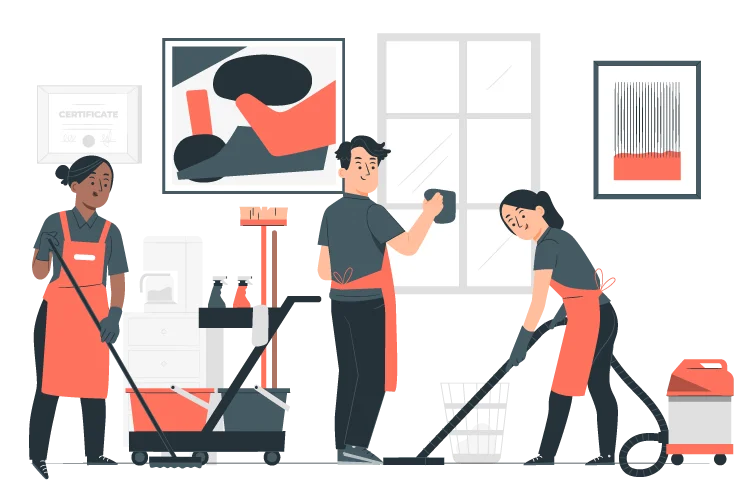The moving industry is no stranger to unpredictability. But in 2025, companies are not just dealing with peak season rushes or weather delays. They are facing systemic challenges that are reshaping how business gets done. Labor shortages, inaccurate quoting and rising operating costs are pressing in from all sides, testing even the most experienced operators.
Still, movers are nothing if not resourceful. Many are finding new ways to adapt, streamline and evolve their services in response to these growing pressures. But staying ahead means understanding what is working and what is holding companies back.
- The Labor Shortage: When the Workforce Doesn’t Show Up
Hiring has always been a sticking point in the moving industry, but right now, it is a full-blown crisis. The moving industry, like much of the logistics sector, is grappling with a massive labor shortage and it is only getting worse.
A 2024 report from ManpowerGroup found that 74% of transportation and logistics employers are struggling to fill roles. That includes everything from drivers to packers and warehouse staff. According to SupplyChainBrain, a quarter of freight companies say labor shortages are their top operational challenge. Meanwhile, the U.S. Department of Labor reported that the transportation sector shed over 70,000 jobs in a single month.
For movers, the impact is direct. There are fewer crews to run jobs, longer delays, more overtime and a higher risk of burnout. Some companies are offering signing bonuses, flexible schedules and career development paths just to stay competitive. But the reality is that most teams are still running leaner than they would like.
While automation can help with scheduling or quoting, there is no replacement for the human muscle it takes to move a grand piano down three flights of stairs.
- When Estimates Miss
It is no secret that moving quotes have always involved a bit of guesswork. But in today’s market, customers expect precision and anything less can backfire fast.
The problem is that many estimates still happen without a full inventory review or a clear scope of work. A customer calls, gives a rough description and receives a ballpark number. Flash forward to move day, and that “small apartment” turns out to be packed to the ceiling; suddenly the job takes twice as long and costs far more than expected.
In a 2025 survey by This Old House, nearly 1 in 4 respondents (22%) said their final bill was significantly higher than the quoted amount. That kind of surprise does not just eat into profit; it damages trust.
While rogue operators may bait and switch customers on purpose, even reputable companies can lose credibility by underquoting due to rushed or vague estimates. The fix is binding quotes backed by real inventory checks, ideally through video walkthroughs or digital tools. When done right, accurate quoting does not just prevent customer disputes;it protects your crews and your margins.
- When Costs Rise and Leads Slow Down
As marketing becomes more saturated and expensive, many movers are finding that traditional lead channels like Google Ads, aggregator sites or direct mail are no longer delivering the way they used to.
On top of that, customers are savvier. They expect instant responses, competitive pricing and strong online reviews before they will even pick up the phone.
Companies that relied on low-cost digital leads are now exploring new strategies. Insidea reports that targeted campaigns, customer referrals and high-intent lead channels like pay-per-call are outperforming broad digital marketing tactics. Others are turning inward by prioritizing repeat customers and improving retention through better service and follow-up.
A Tighter Moving Industry, a Smarter Business
The challenges facing the moving industry today are significant, but they are not unbeatable. What we are seeing is a shift toward leaner, smarter, more tech-savvy operations that prioritize people, precision and performance.
Labor shortages will not go away overnight, but better hiring practices and retention strategies can make a difference. Inaccurate quoting is fixable through better tools and clearer processes. And while lead generation may be more competitive, focusing on quality over quantity combined with exceptional service can pay long-term dividends.
Like the move toward virtual estimates, these shifts are not temporary. They are part of a broader evolution. Movers that embrace them early will be the ones best positioned to thrive, no matter how heavy the lift ahead.




